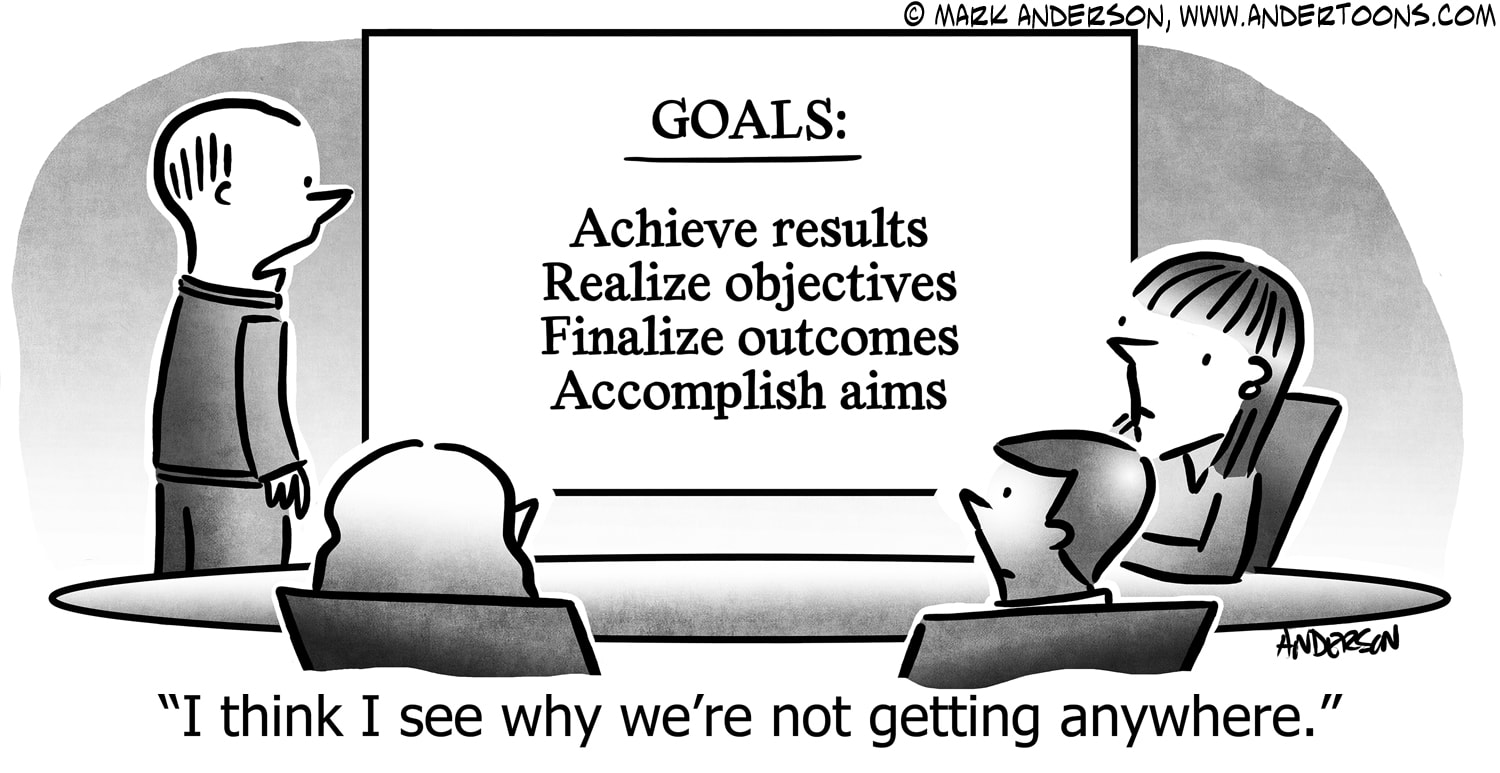The basic idea behind writing in a simple style is not new and has been taken up by educators and technical editors worldwide. Simplified (technical) English has been around for a long time, helping staff in technical domains pass on their knowledge (in instruction manuals, product descriptions, safety guides etc.) to non-native users of English. Basic English once found a place in education as a simple style suitable for students learning English as a second language but has been widely criticised as being too restricted. It was consequently superseded by plain English in modern times, a much ‘broader’, much more flexible and versatile concept. Plain English was devised with the aim of making documents, especially legal and government documents and forms clearer and easier to understand. In Germany, the concept of Leichte Sprache (engl. easy language) is based on a similar premise, with accessibility and the inclusion of readers with disabilities very much in the foreground.
What these approaches have in common is that they provide guidelines for creating written texts in such a way that they will be more easily readable for a wide range of readers and thus more easily comprehensible to them. By restricting the use of certain constructions and terms, and by being consistent in the use of a preferred vocabulary and syntax, plain language is thought to become more easily recognisable. In other words, a certain level of standardisation can help make life easier for readers and translators alike. But what about machines?

 RSS Feed
RSS Feed